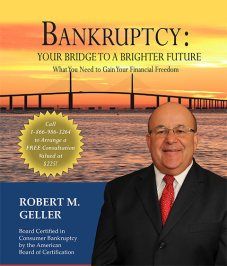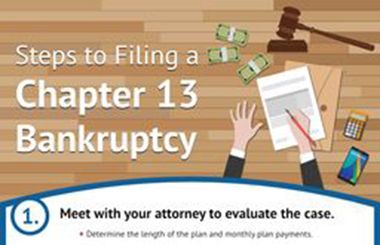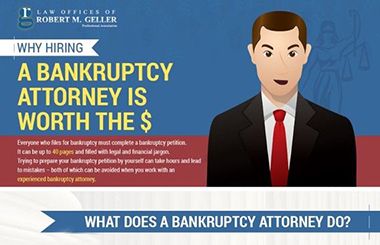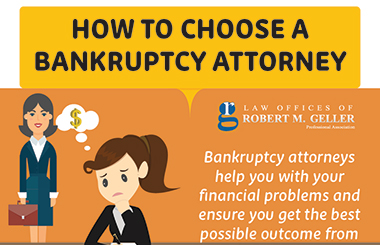
Despite the changes, nearly 40 percent of adults carry some form of healthcare debt. Many owe thousands of dollars from emergency visits, hospital stays, or procedures that insurance didn’t fully cover.
These debts build up quietly. A single unexpected surgery or hospital stay can wipe out savings, and monthly payment plans often come with interest or collection pressure. Over time, even responsible people with stable incomes find themselves buried in balances they can’t clear.
Why Healthcare Costs Keep Rising
Medical costs have continued to climb through 2025. Inflation has affected everything from prescription drugs to insurance premiums, while hospitals and providers face higher labor and supply expenses. Even patients with good insurance are feeling the strain as copays, deductibles, and out-of-network charges grow larger each year.
For many families, one serious illness or accident is all it takes to shift from financial stability to overwhelming debt. When medical providers send unpaid bills to collections, those debts can quickly damage credit and limit access to housing, car loans, or new lines of credit.
How Bankruptcy Provides Relief
Bankruptcy exists to help people regain control. For many, it provides the only realistic path forward for those buried by medical bills.
Chapter 7 bankruptcy allows you to discharge most unsecured debts. This includes medical bills. Bankruptcy discharge gives you a true financial reset.
Chapter 13 offers another form of relief. In this type of bankruptcy, you commit to a repayment plan that allows you to repay debt over time. It also protects key assets like a home or vehicle.
For anyone struggling with healthcare debt, the process not only stops collection calls and lawsuits but also provides breathing room to rebuild credit and savings. Many clients describe an immediate sense of relief once the case is filed and the constant pressure from creditors ends.
Understanding That You’re Not Alone
Overwhelming medical debt causes you to feel isolated. The truth is, millions of Americans share your struggle.
Bankruptcy filings show how common medical debt has become. This is true even for those who did everything “right.” Unexpected illness, injury, or chronic conditions can happen to anyone, regardless of how carefully they’ve planned.
By the time most people consider bankruptcy, they’ve already tried payment plans, borrowing from family, or using credit cards to stay current. Bankruptcy isn’t a failure. It’s a legal and responsible way to manage a situation that’s already out of control.
Moving Toward Financial Recovery
If medical debt is keeping you awake at night, now is the time to learn about your options. Many people who file are able to recover faster than they expect. With a clean slate, it becomes possible to budget effectively, rebuild credit, and regain a sense of stability.
You don’t have to face the stress alone or wonder what comes next. Guidance from an experienced bankruptcy attorney can make all the difference in how confidently you move forward.
If you’re struggling with medical debt and wondering whether bankruptcy could help, reach out to the Law Offices of Robert M. Geller. A confidential consultation can help you understand your options and take the first step toward peace of mind and a stronger financial future.
























![Signs That You May Need to File Bankruptcy [Infographic]](https://djml3wkzi26ea.cloudfront.net/wp-content/uploads/2021/01/signs-chap7-v-chap13.jpg)
![How To File for Bankruptcy [Infographic]](https://djml3wkzi26ea.cloudfront.net/wp-content/uploads/2020/07/bankruptcy-steps-infographic-web.jpg)










